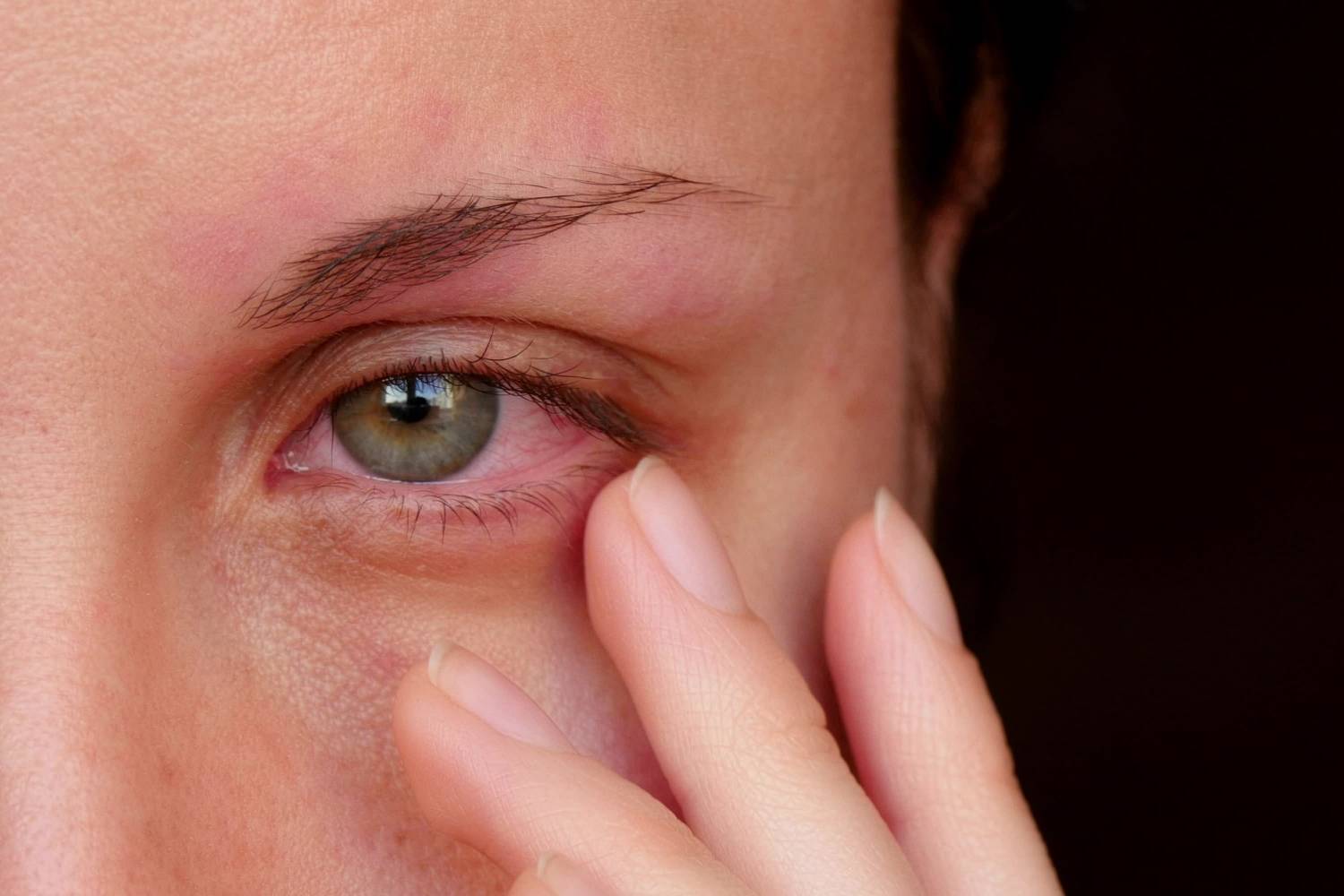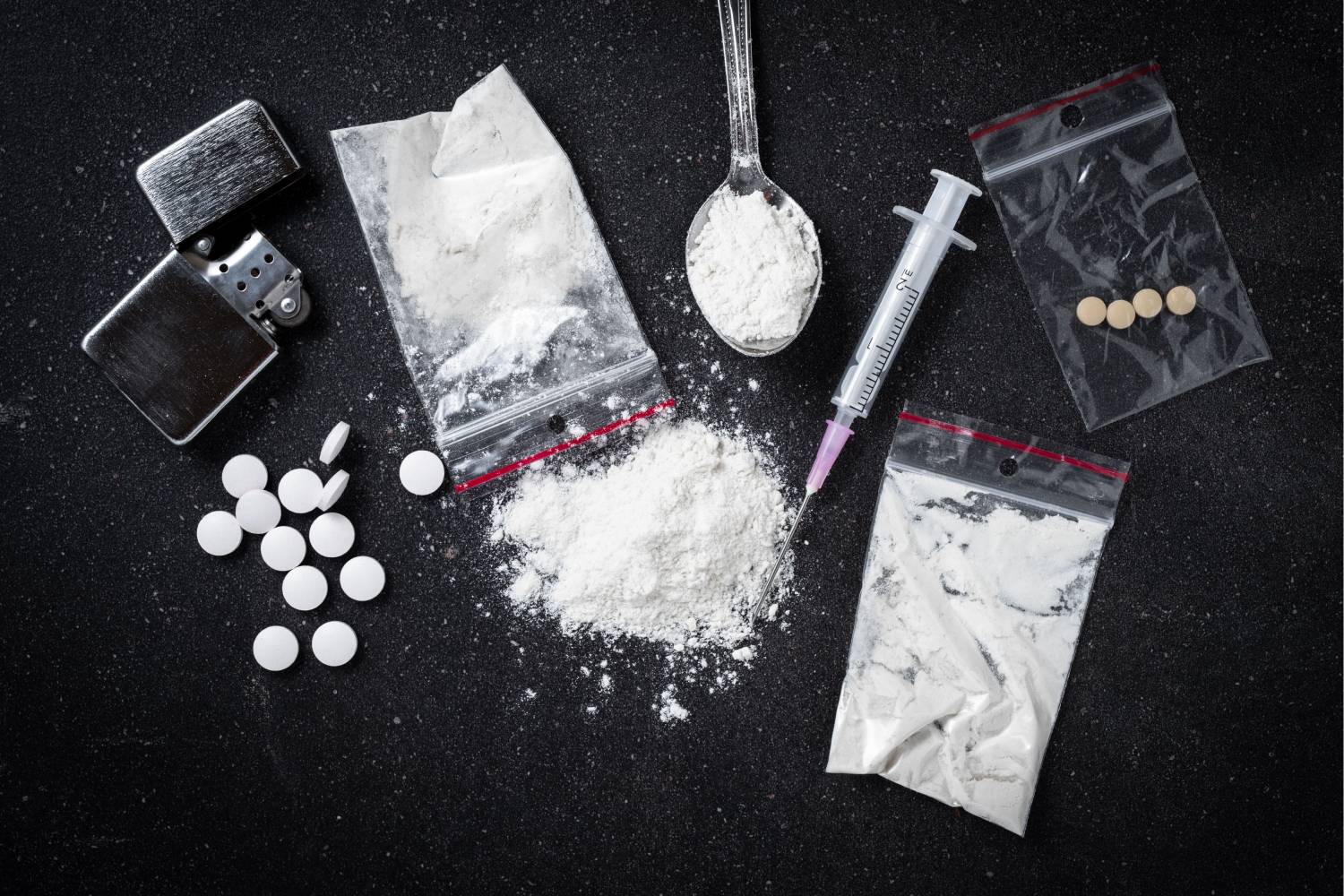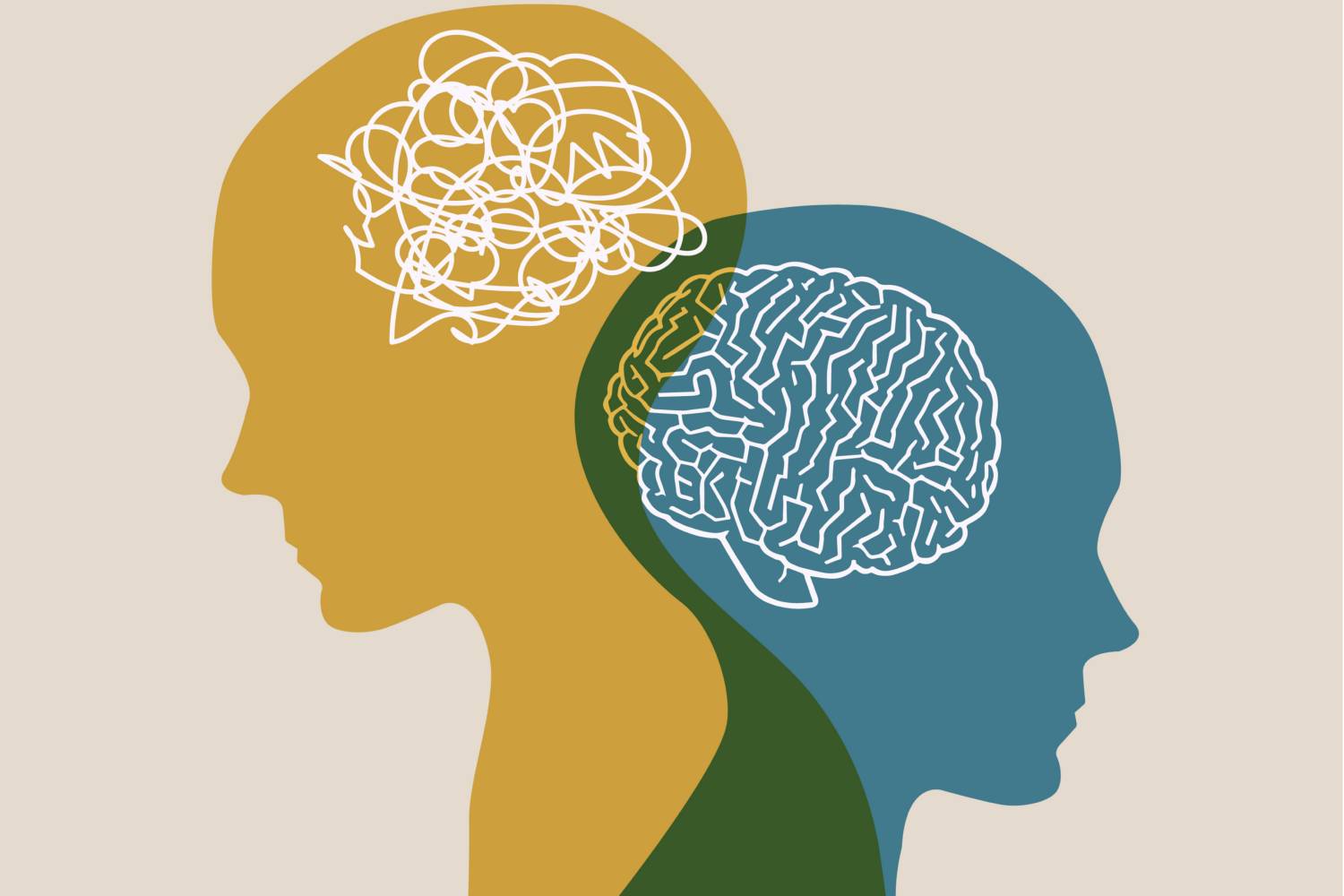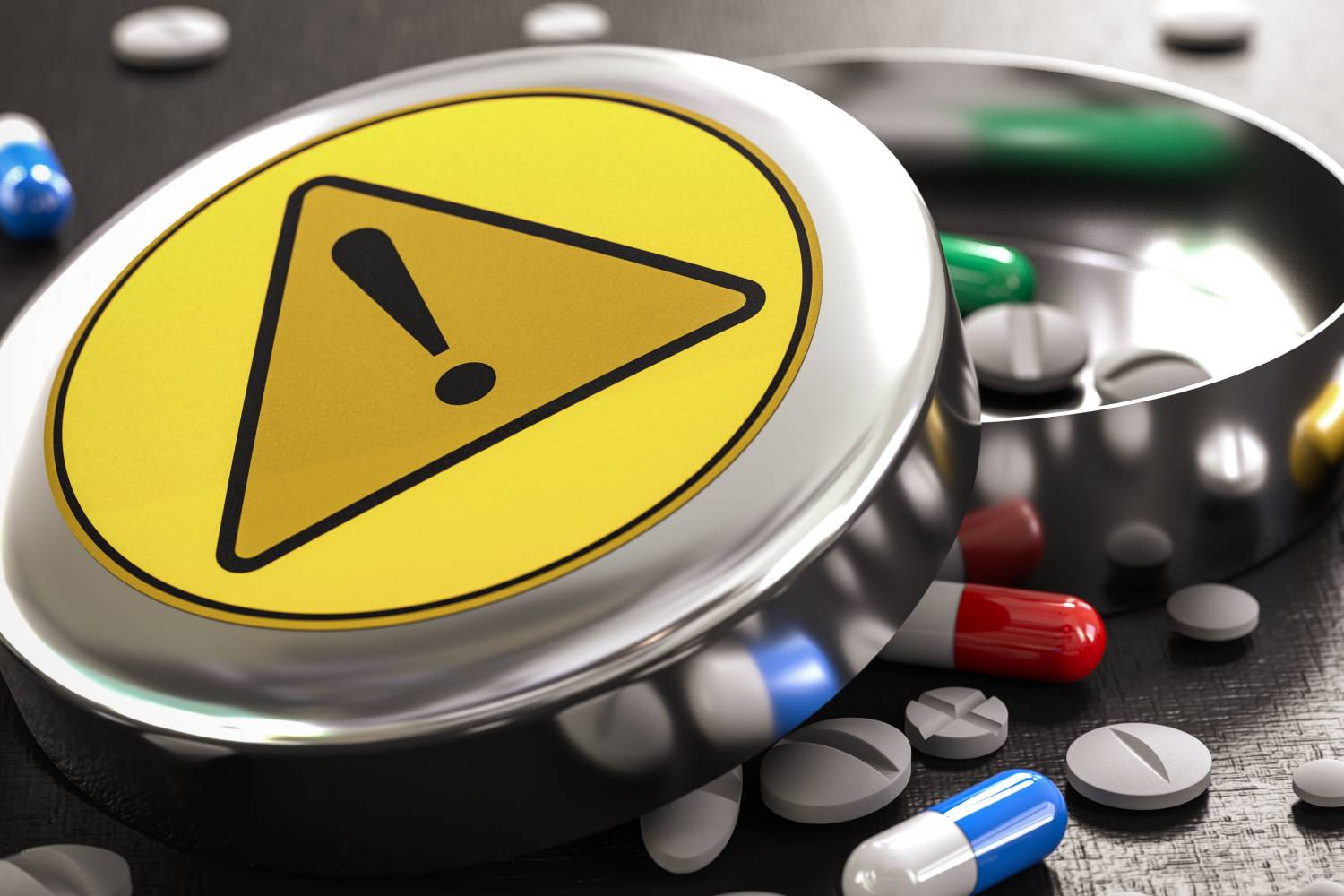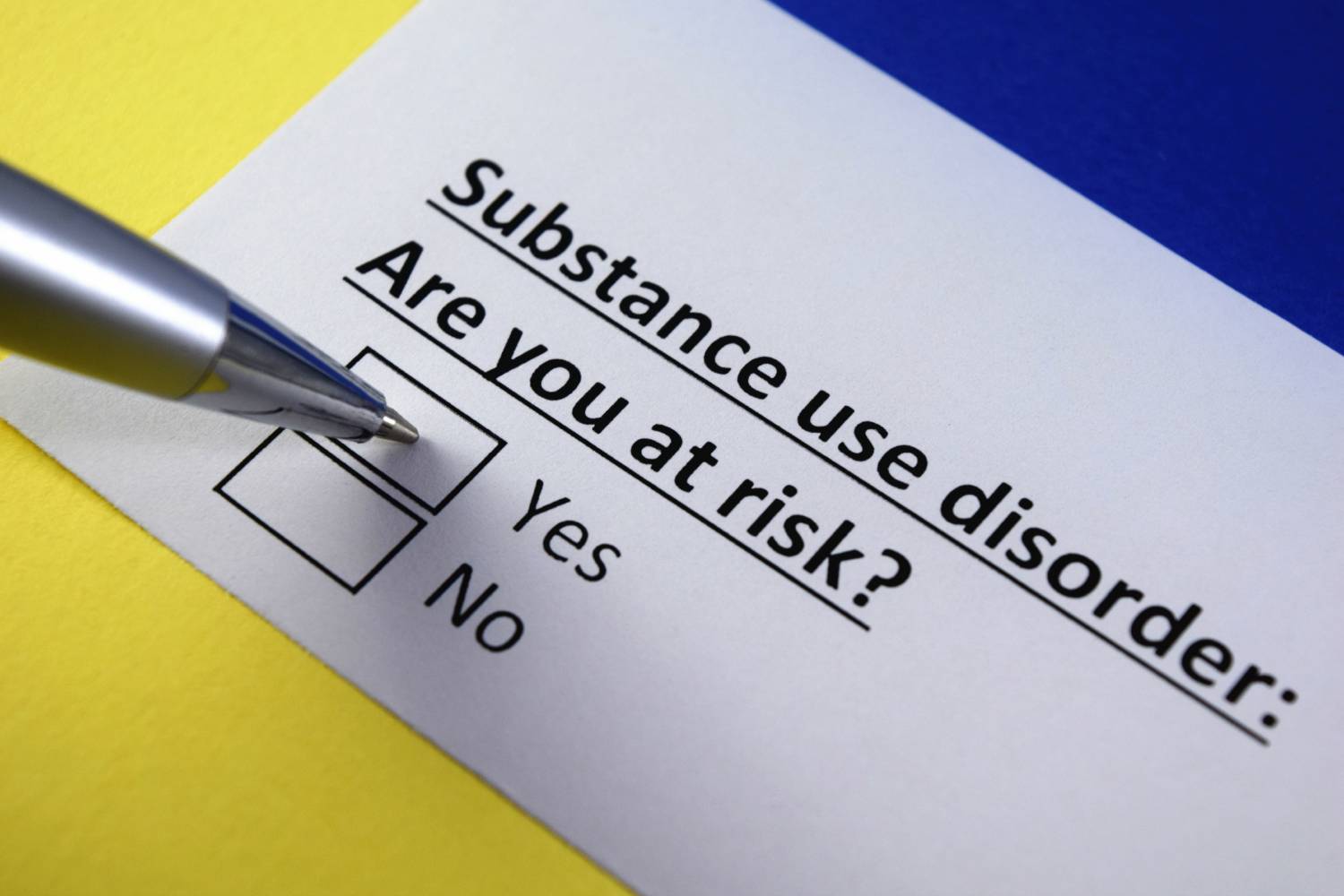As the dawn of cannabis legalization sweeps across numerous states and countries, being near people who are smoking is becoming more common. In these situations, you may wonder, “Can breathing in their smoke get me high?”
This is a genuine concern; you’re not alone in seeking clarity. It’s crucial to be informed and understand the situations we find ourselves in. When it comes to the idea of a contact high, the reality is that while it’s rather unlikely, it’s not entirely off the table.
We’re here to delve into this topic, providing clear, accessible information. Trust that by the end, you’ll better understand contact highs and the factors surrounding them, all delivered with a gentle touch and concern for your well-being.
What Is a Contact High?
A “contact high” refers to the idea that one can experience the effects of cannabis by being near someone using it without smoking it yourself. From attending a party where guests are smoking to walking by someone smoking in passing, it’s common to wonder if these experiences can affect your mental state or pose any long-term health risks.
Many have reported feeling altered or slightly euphoric in such scenarios, but is this psychological, physiological, or a mix of both? Delving into this concept requires an understanding of how drugs interact with our environment and our bodies.
Let’s explore the science and experiences behind contact highs, ensuring you have clear, accessible information on this intriguing phenomenon.
How Does Cannabis Work in the Body?
At the heart of the marijuana plant lies a compound known as THC or tetrahydrocannabinol. This is the primary psychoactive component responsible for the “high” that users feel. Simply put, it’s the ingredient that changes perceptions, mood, and various other cognitive functions.
But THC is just one of the myriad cannabinoids present in marijuana. These compounds are essential to understand as they play a significant role in the effects of marijuana use, both direct and secondhand.
Now, you might wonder how one gets “high” from these cannabinoids. The answer lies in a process called decarboxylation.
Raw cannabis leaves contain cannabinoids in an acidic form that can’t readily bind with the receptors in our brains to produce a high. It’s only when these cannabinoids are activated, often through heat (like when smoking weed or baking edibles), that they undergo a chemical transformation and become able to induce psychoactive effects.
Is a Contact High Possible?
The aroma of cannabis wafting through the air often raises a commonly asked question: Is it possible to get high just by being around someone smoking? In reality, the chance of experiencing a contact high, although possible, is exceptionally rare.
The conditions under which you find yourself exposed to secondhand marijuana smoke play a critical role. For instance, timing and how well-ventilated the room is matters.
Imagine being in a small room with no windows open. In this unventilated room, the smoke has nowhere to go, and the amount of THC in the air rises. In such environments, the possibility of a contact high increases, though it remains uncommon.
Now, picture the same scenario but with a breeze circulating through the ventilated room, carrying away most of the secondhand smoke. Here, the odds of experiencing any psychoactive effects are reduced dramatically.
Secondhand exposure from vaping tends to be less potent than from smoking. Vapor dissipates more quickly than smoke and usually contains fewer cannabinoids. Still, as with traditional smoking, the risk of a contact high remains minimal.
Perhaps one of the most extreme conditions is “hotboxing.” This is where individuals deliberately smoke in a confined space like a car or a tiny room without ventilation.
The goal is to intensify the effects of the cannabis. In these extreme conditions, those not actively smoking may indeed experience some effects from the overwhelming concentration of secondhand smoke.
What Does a Contact High Feel Like?
Most individuals who claim to have experienced a contact high describe it as a milder version of the sensation one gets when directly consuming cannabis. It’s vital to emphasize that most people near smokers likely won’t inhale enough THC to produce noticeable effects.
However, human experiences are varied and complex, and no two individuals react identically. Here are some possible experiences, though unlikely:
- Potential Impairment: Some non-smokers, especially in extreme conditions, might feel light-headedness or changes in their perception of time.
- Psychological Components: For some, merely knowing they are inhaling secondhand cannabis smoke might make them feel anxious, highlighting the psychological aspect of a contact high.
- Intensity and Duration: Those who feel something typically describe it as subdued compared to directly smoking or consuming cannabis. Some individuals in poorly ventilated areas or during hotboxing might experience psychological and physiological effects that last just a few minutes.
- Unsettling Effects: Even though the effects are usually milder, they can be disturbing or upsetting, especially for non-smokers who weren’t expecting to feel any different.
Is Secondhand Cannabis Smoke Dangerous?
As the understanding of cannabis grows, so does the investigation into the potential risks of secondhand cannabis smoke.
While the levels of THC in secondhand cannabis smoke are lower than in inhaled smoke, it is not entirely absent. The levels, however, are generally not high enough to cause any significant psychoactive effects.
While both secondhand cannabis and cigarette smoke carry their unique risks, it’s crucial to note that secondhand cannabis smoke doesn’t contain nicotine. However, similar to secondhand tobacco smoke, it does contain other harmful chemicals, some of which are cancer-causing.
Beyond psychoactive effects, exposure to secondhand marijuana smoke might lead to symptoms like increased heart rate, dry throat, or even mild respiratory irritation. In any case, it’s always advisable to be cautious and considerate of those around you, ensuring that everyone’s well-being and comfort are taken into account.
Tips for Smokers and Nonsmokers
Creating a harmonious environment around cannabis use requires understanding and empathy from both smokers and nonsmokers. For smokers, it’s vital to recognize the comfort and well-being of those around you, especially those who are sober or unfamiliar with the effects of cannabis. Being mindful of where and when you smoke can go a long way in ensuring everyone feels at ease.
Actions like opting for outdoor spaces, ensuring rooms are well-ventilated, or even considering alternatives like edibles can significantly reduce unintentional secondhand exposure. Remember, while smoking does introduce cannabis smoke to those nearby, consuming edibles ensures that only the person consuming is affected. This might be preferable when in the company of nonsmokers or those in recovery.
For nonsmokers, it’s reassuring to know that the likelihood of a contact high is quite low. However, it’s still essential to be proactive in ensuring your comfort. Simple measures like opening windows, using fans, or even communicating your concerns can make a substantial difference in how you feel.
If ever in doubt or if you’re feeling the effects of secondhand smoke, always prioritize your well-being and consider consulting a medical professional for guidance. Everyone has a role to play in fostering a respectful and considerate environment around cannabis use.
Protecting non-smokers and ensuring responsible behavior around cannabis consumption is paramount. Empathy lies at the heart of creating a comfortable environment for everyone, particularly when it comes to secondhand cannabis exposure. Just as individuals show caution with tobacco smoke, marijuana smokers must similarly be conscious of their surroundings.
Simple actions like stepping outside or ensuring adequate ventilation can make a significant difference. Small, enclosed spaces can be particularly challenging for non-smokers and may lead to unintended passive exposure.
It’s worth noting that while smoking introduces secondhand cannabis smoke to others in the vicinity, edibles don’t pose the same challenges. Edibles are consumed directly, ensuring the effects are confined to the consumer. This method might be a more considerate choice in certain situations.
Nevertheless, if there are any concerns about the effects of secondhand marijuana smoke, it’s always recommended to seek advice from a medical professional who can provide tailored guidance.
The Bottom Line
Understanding the nuances of a contact high is integral to harmonious coexistence in our evolving society.
The potential for a contact high, although minimal, does exist. As with many aspects of life, awareness, understanding, and respect for others play pivotal roles. Responsible marijuana use isn’t solely about the user but also about the comfort and well-being of those around them.
Drawing parallels with the ethos of organizations like SOBA New Jersey, it’s evident that creating an understanding environment, whether it’s about addiction recovery or passive marijuana exposure, always yields the best outcomes for everyone involved.
Because at the end of the day, it’s not just about understanding the facts but also about how we approach and support one another on our unique journeys.
Sources:
Fine Particulate Matter Exposure From Secondhand Cannabis Bong Smoking | PMC

